Opuntia Brasiliensis is native to South America, more specifically the Brazil, and is known by the common name’s prickly pear and Brazilian cactus. It has a tree-like structure, with peculiar habits and growth of this species. It grows from the base with a perfectly straight and round trunk, thin but firm and rigid and with a height of four meters or more.
It has short branches that are mostly bright green, oval, flattened or cylindrical, and extremely thorny. Usually, they are about fifteen centimeters long by six centimeters wide. In adult specimens, each segment can be up to one meter long. Both branches and young segments, have small leaves of about two to three millimeters, are fleshy and cylindrical, and usually hold very little time on the plant.
As for flowers, as in many other cacti species, they are diurnal (they are open during the day) and only occur in plants that are already adult. They are a pale yellow and last for a long time. They have a diameter of between six and ten centimeters, shaped like a plate. They bloom between spring and summer and when the flower has passed, giving way to small fruits of various colors (yellow, orange red, red or purple) and shapes (spherical, oval) with spiny areoles six centimeters long and up to five seeds per fruit. They are completely edible, very juicy, slightly acidic, and their taste resembles a plum. One point that I find very curious (and until recently I didn’t know) is that if you consume this fruit, your urine will come out of a very intense red, and of course if you don’t know, you can get a good fright. But don’t worry, because this feature is completely harmless to the human organism. They leave between autumn and winter.
It resists cold, frost, as long as it is smooth, and it supports extreme drought well. It is slow-growing and does not need a large maintenance. It can hold temperatures of two degrees negative as long as the substrate is completely dry and there is not much moisture. Otherwise, it will suffer much more and all we will achieve is root rot. However, if you have it inside a greenhouse or inside your house, it is better not to expose it to temperatures below ten positive degrees. The irrigation must be abundant in the hot season and very scarce when it is cold.
Opuntia Brasiliensis is a highly decorative cactus that reproduces easily and without difficulty. As I said at the beginning of this article, it has a bush port, so it is sometimes ornamentally planted in gardens and even used by some to make fences. It likes the semi-shadow or direct sun, but not for long continuous. Inside, it needs bright light and some direct sun. So, the best thing is to put it under a window where it has at least four hours of sunshine per day.
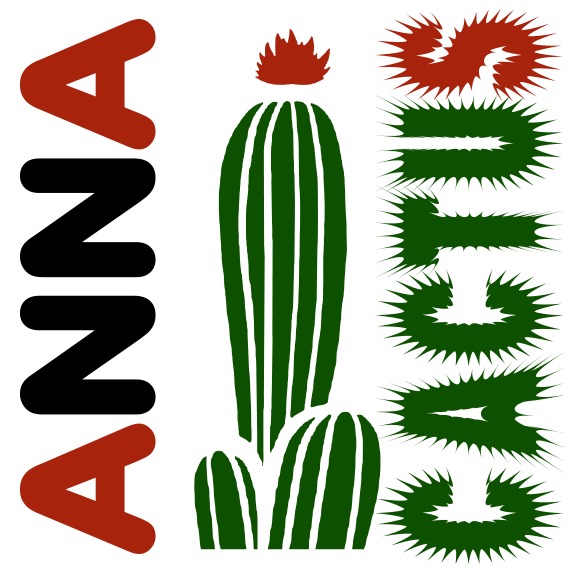

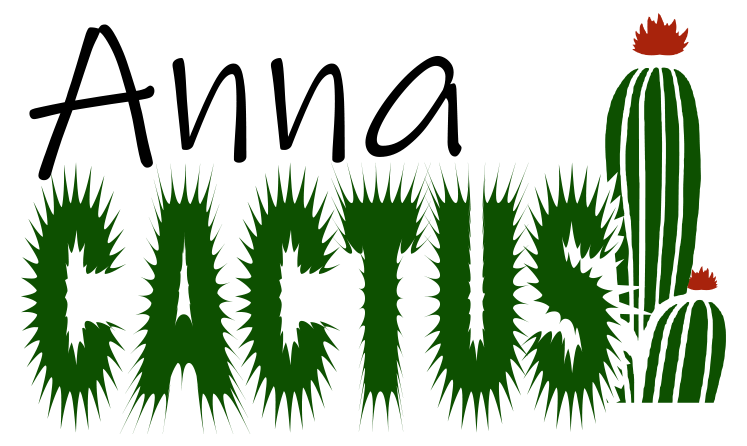

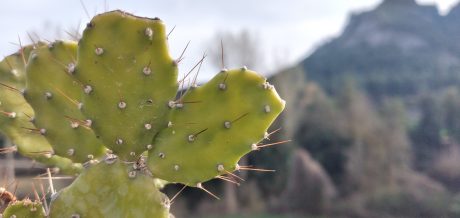
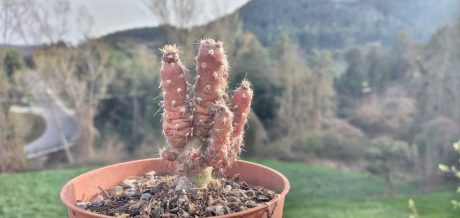

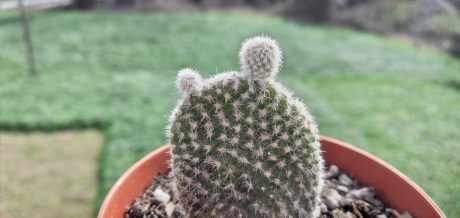

Reviews
There are no reviews yet.